Home>Garden Essentials>How Long Does Coriander Take To Germinate
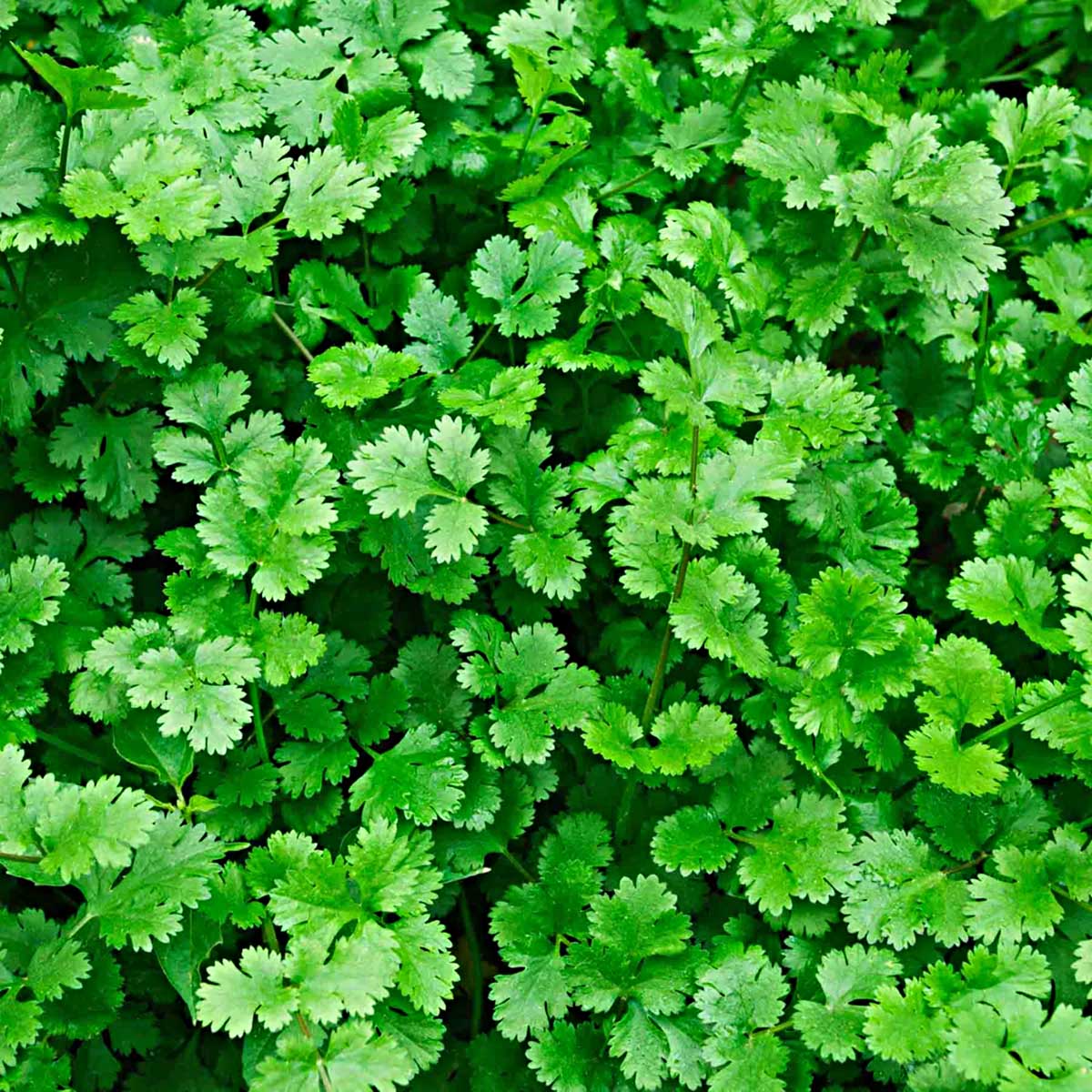

Garden Essentials
How Long Does Coriander Take To Germinate
Modified: October 19, 2024
Discover the average germination time for coriander seeds in your garden. Learn how to grow coriander and nurture healthy plants with our expert tips.
(Many of the links in this article redirect to a specific reviewed product. Your purchase of these products through affiliate links helps to generate commission for Storables.com, at no extra cost. Learn more)
Introduction
Welcome to the fascinating world of coriander germination. If you’re a garden enthusiast or someone looking to grow your own herbs, you may be wondering how long it takes for coriander seeds to sprout and what factors can affect the germination process. In this article, we will explore the intricacies of coriander germination and provide you with valuable insights to help you achieve successful results.
Coriander, also known as cilantro or Chinese parsley, is a versatile herb widely used in various cuisines around the world. Its pungent, citrusy flavor adds a delightful kick to dishes, making it a favorite amongst chefs and home cooks alike. Whether you’re planning to grow coriander for culinary purposes or simply to enjoy its aromatic leaves, understanding the germination process is essential to ensure a bountiful harvest.
Germination is the process by which a seed begins to sprout and develop into a seedling. It is a critical stage in the plant’s life cycle, as it marks the transition from a dormant seed to an actively growing plant. During germination, the seed absorbs water, which triggers metabolic activity and initiates the growth of roots and shoots.
Now that we have a basic understanding of germination, let’s explore the factors that can impact the germination of coriander seeds. Understanding these factors will help you create optimal conditions for germination, increasing your chances of success.
Key Takeaways:
- Coriander seeds need consistent moisture, darkness, and a temperature range of 55°F to 68°F for successful germination. Patience is key as germination can take 7 to 21 days.
- To ensure successful coriander germination, use high-quality seeds, maintain proper moisture and temperature, and address common issues like poor germination rates and nutrient deficiencies promptly.
Read more: How Long Does It Take For Mint To Germinate?
Factors Affecting Coriander Germination
Several factors play a crucial role in the germination of coriander seeds. By understanding and controlling these factors, you can maximize the chances of successful germination and ensure healthy seedlings. Let’s take a closer look at the key factors.
- Temperature: Temperature significantly influences the germination process of coriander seeds. Ideally, the soil temperature should be between 55°F and 68°F (13°C and 20°C) for optimum germination. Cooler temperatures can delay germination, while higher temperatures can cause poor seedling development.
- Moisture: Adequate moisture is crucial for coriander seed germination. The seeds require consistent, but not excessive, moisture to initiate the germination process. It is important to keep the soil evenly moist until the seeds sprout. Avoid overwatering, as it can lead to fungal diseases and root rot.
- Light: Coriander seeds do not require light to germinate; in fact, they prefer darkness. It is recommended to cover the seeds with a thin layer of soil to provide them with the darkness they need. Once the seeds have germinated and the seedlings have emerged, they will require ample sunlight for healthy growth.
- Seed Quality: Using high-quality coriander seeds is essential for successful germination. It is advisable to purchase seeds from reputable sources to ensure their viability. Old or poorly stored seeds may have reduced germination rates and may not produce vigorous seedlings.
- Soil Preparation: Proper soil preparation is vital for coriander seed germination. The soil should be well-draining, loose, and rich in organic matter. Loose soil allows the developing roots to penetrate easily, while organic matter provides essential nutrients for healthy growth.
- Seed Depth: Coriander seeds are relatively small and should be planted at a depth of about ¼ to ½ inch (0.6 to 1.3 cm) in the soil. Planting the seeds too shallow or too deep can affect germination rates.
By paying attention to these factors and creating the ideal conditions, you can significantly increase the chances of successful coriander seed germination. Now that we understand how these factors influence germination, let’s delve into the germination process itself.
The Germination Process
The germination process of coriander seeds follows a series of steps that lead to the emergence of seedlings. Understanding these steps will give you insights into what is happening beneath the soil and enable you to monitor and support the growth of your coriander plants.
The germination process can be broken down into the following stages:
- Seed Imbibition: The first step in germination is the absorption of water by the coriander seeds. As the seeds hydrate, they swell and become activated. This process prepares the seeds for the subsequent stages of germination.
- Radicle Formation: After the seeds have imbibed water, a tiny root called the radicle emerges. The radicle is the primary embryonic root of the seedling and serves to anchor the plant and absorb nutrients from the soil.
- Shoot Emergence: As the radicle continues to grow, the shoot of the coriander seedling begins to emerge from the soil. The shoot consists of the stem and the first pair of cotyledons, which are embryonic leaves.
- Leaf Development: As the coriander seedling continues to grow, additional pairs of true leaves develop. These leaves are distinct from the initial cotyledons and play a crucial role in photosynthesis and the production of energy for the plant.
- Established Seedling: Once the seedling has developed a strong root system and several pairs of true leaves, it is considered an established seedling. At this stage, the coriander plant is ready for transplanting or further growth in the garden.
Throughout the germination process, it is important to maintain optimal conditions for the seeds, including proper moisture, temperature, and light levels. Providing the necessary care and attention will support healthy germination and the successful development of coriander seedlings.
Now that we have a better understanding of the germination process, let’s explore the ideal conditions for coriander germination in more detail.
Ideal Conditions for Coriander Germination
Creating the ideal conditions for coriander germination is crucial for successful seed sprouting and healthy seedling development. By providing the optimal environment, you can ensure that your coriander seeds have the best chance of germinating and growing into robust plants. Let’s take a look at the key conditions to consider:
- Temperature: Coriander seeds prefer a moderate temperature range of 55°F to 68°F (13°C to 20°C) for optimal germination. It is essential to maintain a consistent temperature throughout the germination period. Avoid extreme temperature fluctuations, as they can negatively impact germination rates.
- Moisture: Adequate moisture is critical for coriander seed germination. Start by ensuring that the planting medium is evenly moist but not waterlogged. Once the seeds have sprouted, continue to provide consistent moisture, avoiding overwatering. Dry soil can inhibit germination, while overly wet conditions can lead to root rot and fungal diseases.
- Light: Coriander seeds do not require light for germination. In fact, they prefer darkness during the early stages. Plant the seeds at the recommended depth and cover them with a thin layer of soil. Once the seedlings have emerged, provide them with ample sunlight for healthy growth.
- Soil: Coriander seeds thrive in well-draining soil that is rich in organic matter. A loose and crumbly soil structure allows the developing roots to penetrate easily. Additionally, incorporating compost or well-rotted organic matter into the soil can provide essential nutrients for optimal growth.
Ph Level: Coriander prefers a slightly acidic to neutral soil pH range of 6.2 to 6.8. Test your soil’s pH level and make any necessary adjustments to ensure it falls within this range. This will create a favorable environment for germination and overall plant health.
By providing the ideal conditions of temperature, moisture, light, soil quality, and pH level, you will create an environment that promotes successful germination and robust growth of your coriander plants.
Now that we know the ideal conditions, let’s discuss the average germination time for coriander seeds and what to expect during this period.
Coriander seeds typically take 7-20 days to germinate. To speed up the process, soak the seeds in water for 24 hours before planting and keep the soil consistently moist during germination.
Average Germination Time for Coriander
When it comes to coriander germination, patience is key. The average germination time for coriander seeds can range from 7 to 21 days, depending on various factors such as temperature, moisture, and seed quality. It is important to note that germination times can vary from seed to seed and may also be influenced by seasonal and environmental conditions.
Coriander seeds are known to have a moderate germination rate, and it is common for some seeds to sprout earlier than others. Therefore, it is essential to be patient and allow enough time for the seeds to germinate before considering any reseeding or troubleshooting measures.
During the germination period, it is important to maintain consistent moisture in the planting medium without overwatering. Keep the soil evenly moist, but not waterlogged, to provide the ideal conditions for germination. Monitor the moisture level regularly and make any necessary adjustments to ensure optimal germination.
Additionally, maintaining a consistent temperature between 55°F and 68°F (13°C and 20°C) can help accelerate the germination process. Warmer temperatures within this range can promote quicker sprouting, while cooler temperatures may delay germination. Providing a consistent temperature, along with the other ideal conditions mentioned earlier, will contribute to successful seed germination.
Although the average germination time for coriander is within the mentioned range, it is not uncommon for some seeds to sprout earlier or take longer depending on various factors. Providing the best possible conditions and giving the seeds ample time will increase the chances of successful germination and the development of healthy coriander seedlings.
Now that we have covered the average germination time, let’s explore some tips for ensuring successful coriander germination.
Read more: How Long Does It Take Millet To Germinate
Tips for Successful Coriander Germination
Ensuring successful coriander germination requires careful attention to detail and adherence to specific practices. By following these tips, you can increase the likelihood of successful seed sprouting and the healthy growth of your coriander plants:
- Choose high-quality seeds: Start with fresh, high-quality coriander seeds from a reliable source. Check the expiration date and choose seeds that have been properly stored to ensure viability and higher germination rates.
- Pre-soak seeds: To speed up the germination process, consider pre-soaking the coriander seeds before planting. Place the seeds in a bowl of water for 24 hours. This pre-soaking softens the seed coat and allows for quicker water absorption, enhancing germination rates.
- Scarify seeds: If you’re dealing with older seeds or varieties known for slow or uneven germination, scarifying the seeds can help improve germination rates. Gently sand or nick the seed coat with a fine sandpaper or small knife to create small abrasions. This process can help water penetrate the seed coat more easily, promoting faster germination.
- Plant at the right depth: Plant the coriander seeds at a depth of about ¼ to ½ inch (0.6 to 1.3 cm) in well-draining soil. Planting them too shallow or too deep can affect germination rates. Follow the recommended planting depth to ensure proper seed-to-soil contact for optimal water absorption.
- Provide consistent moisture: Keep the soil evenly moist throughout the germination period. Water gently using a misting sprayer or a watering can with a fine nozzle to avoid displacing the seeds. Monitor the soil moisture regularly and make adjustments as needed, ensuring it remains moist but not waterlogged.
- Maintain optimal temperature: Aim for a consistent temperature range of 55°F to 68°F (13°C to 20°C) during germination. You can use a seedling heat mat or place the containers in a warm location to maintain the desired temperature. Avoid extreme temperature fluctuations, as they can negatively impact germination rates.
- Thin out seedlings: Once the coriander seedlings have emerged, thin them out to provide proper spacing for healthy growth. Crowded seedlings can compete for resources and lead to weak growth. Thin them to a few inches apart, allowing each seedling ample space for root and foliage development.
- Provide adequate sunlight: Once the seedlings have emerged, gradually introduce them to light. Place them in a location that receives 6-8 hours of sunlight per day, ensuring they are not exposed to intense midday sun. Adequate sunlight is crucial for strong, healthy growth.
By following these tips and providing the optimal conditions for coriander germination, you can increase the chances of successful seed sprouting and cultivate healthy coriander plants. Remember to be patient and observe the progress of the germinating seeds, as germination may take anywhere from 7 to 21 days.
Now that we have covered tips for successful germination, let’s address some common issues and troubleshooting techniques that may arise during the germination process.
Common Issues and Troubleshooting
Coriander germination can sometimes encounter challenges and issues that can hinder the growth and development of your plants. By understanding and addressing these common issues, you can troubleshoot and overcome them, ensuring successful germination. Let’s explore some of the common problems that may arise and how to deal with them:
- Poor or uneven germination: If you notice that only a few seeds have sprouted or if germination is patchy, it could be due to factors such as low seed viability, improper planting depth, or inconsistent moisture. To address this issue, ensure that you are using fresh, high-quality seeds, plant them at the recommended depth, and maintain consistent moisture throughout the germination process.
- Fungal diseases: Excessive moisture and poor air circulation can lead to the development of fungal diseases such as damping-off. This can cause seedlings to become weak and wilted. To prevent fungal diseases, avoid overwatering and ensure proper air circulation by providing space between the seedlings. If necessary, treat the affected seedlings with a fungicide according to the manufacturer’s instructions.
- Pest infestation: Some common pests, such as aphids or caterpillars, may feed on coriander seedlings and stunt their growth. Inspect your plants regularly for any signs of pests, such as chewed leaves or small insects. If infested, manually remove the pests or use organic pest control methods to protect your plants.
- Seedling legginess: Leggy seedlings refer to those with elongated, weak stems. This can happen if the seedlings are growing in low light conditions. To prevent legginess, provide adequate sunlight or use grow lights to ensure the seedlings receive enough light for sturdy growth. If the seedlings are already leggy, gently transplant them into deeper holes, burying part of the stem for support.
- Failure to sprout: If some seeds fail to sprout even after an extended period, it could be due to factors such as old or poor-quality seeds, extreme temperature fluctuations, or improper soil drainage. To address this issue, ensure that you use fresh, high-quality seeds and maintain consistent temperature and moisture levels. Also, ensure that the soil has proper drainage to prevent waterlogging.
- Nutrient deficiencies: Coriander plants may exhibit nutrient deficiencies, such as yellowing leaves or stunted growth, if they lack essential nutrients like nitrogen, phosphorus, or potassium. To prevent nutrient deficiencies, amend the soil with organic matter or apply a balanced fertilizer according to the recommended dosage. Regularly monitor the plants for any signs of nutrient deficiencies and make necessary adjustments.
By addressing these common issues and troubleshooting techniques, you can overcome challenges and promote successful coriander germination. Remember to provide the optimal conditions, monitor your plants regularly, and take prompt action to resolve any issues that may arise in the germination process.
Now that we have covered common issues and troubleshooting, let’s conclude our article.
Conclusion
Growing coriander from seed through successful germination can be a highly rewarding experience for gardeners and herb enthusiasts. By understanding the factors influencing germination, creating ideal conditions, and following the tips and troubleshooting techniques, you can increase the chances of successful seed sprouting and nurture healthy coriander plants.
Temperature, moisture, light, seed quality, soil preparation, and planting depth are all crucial factors to consider when aiming for successful coriander germination. By providing the optimal conditions within these parameters, you can create an environment that promotes healthy seed sprouting and strong seedling development.
Remember that the average germination time for coriander can range from 7 to 21 days, depending on various factors. Patience is key during this period, as different seeds may sprout at different times. Ensure consistent moisture, monitor temperature, and provide adequate sunlight to encourage optimal growth.
While challenges may arise during the germination process, such as poor germination rates, fungal diseases, or pest infestations, timely troubleshooting can help address these issues. Use high-quality seeds, maintain proper hygiene and ventilation, and address nutrient deficiencies to overcome common problems that may inhibit coriander germination.
By following the tips and recommendations in this article, you will be better equipped to cultivate thriving coriander plants from seed. Whether you plan to use coriander in your culinary creations or simply enjoy its aromatic foliage, successful germination sets the foundation for a fulfilling garden experience.
So, roll up your sleeves, grab some coriander seeds, and embark on the journey of growing this versatile herb. With your dedication and newfound knowledge of coriander germination, you’ll soon delight in homegrown coriander leaves and flavor your dishes with the freshest aromatic herb straight from your garden.
Frequently Asked Questions about How Long Does Coriander Take To Germinate
Was this page helpful?
At Storables.com, we guarantee accurate and reliable information. Our content, validated by Expert Board Contributors, is crafted following stringent Editorial Policies. We're committed to providing you with well-researched, expert-backed insights for all your informational needs.
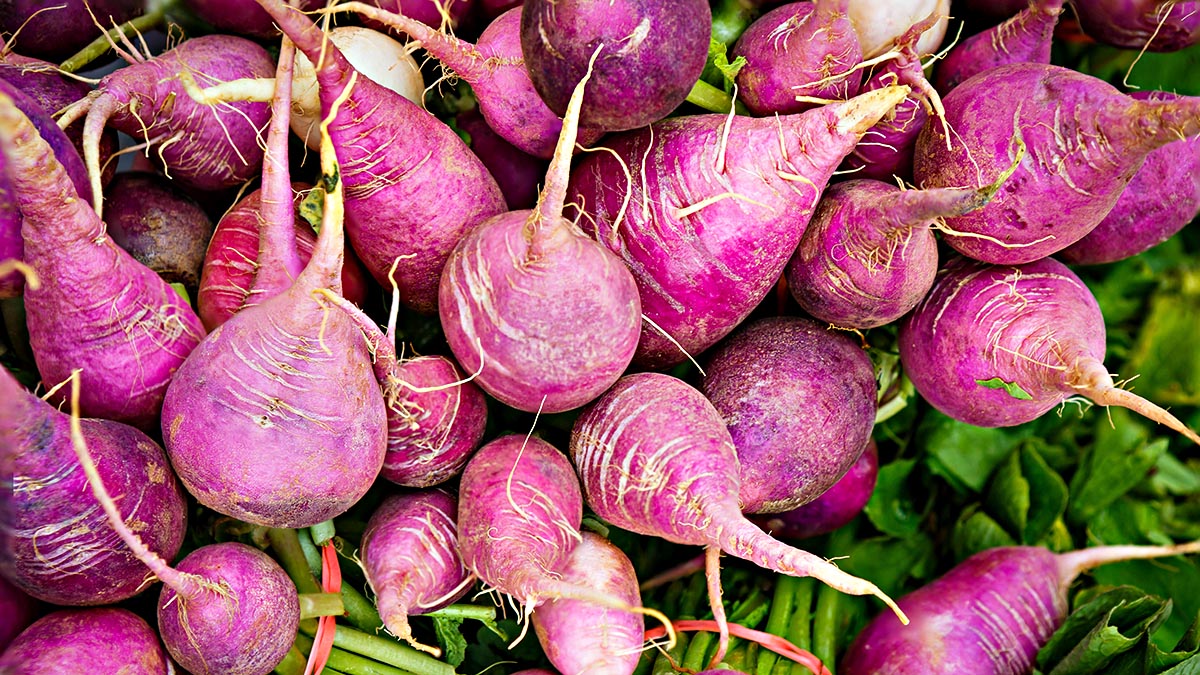
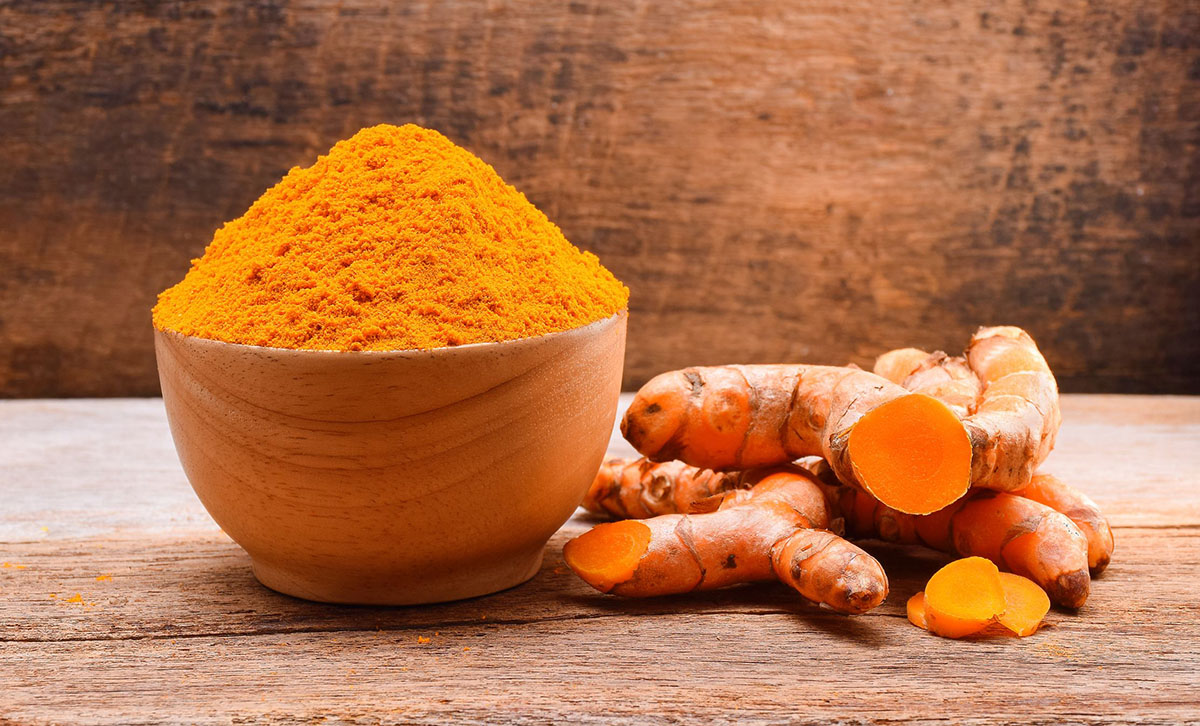
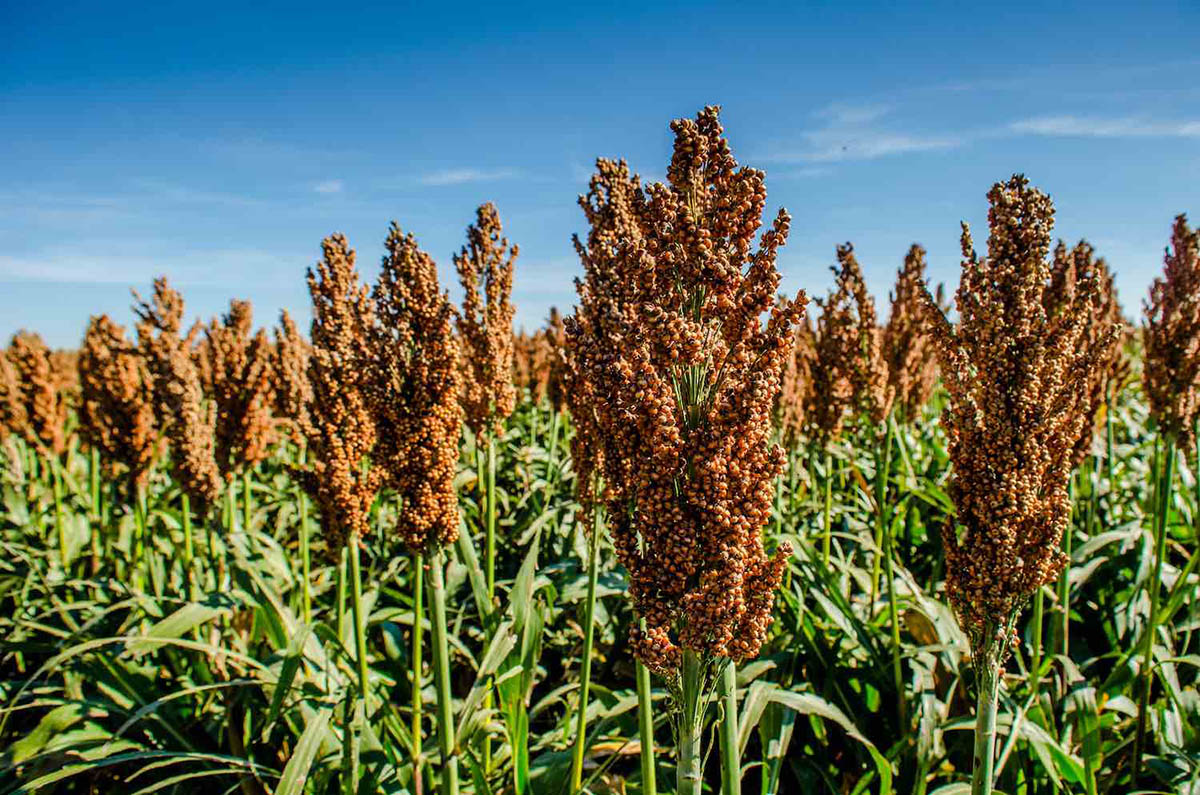
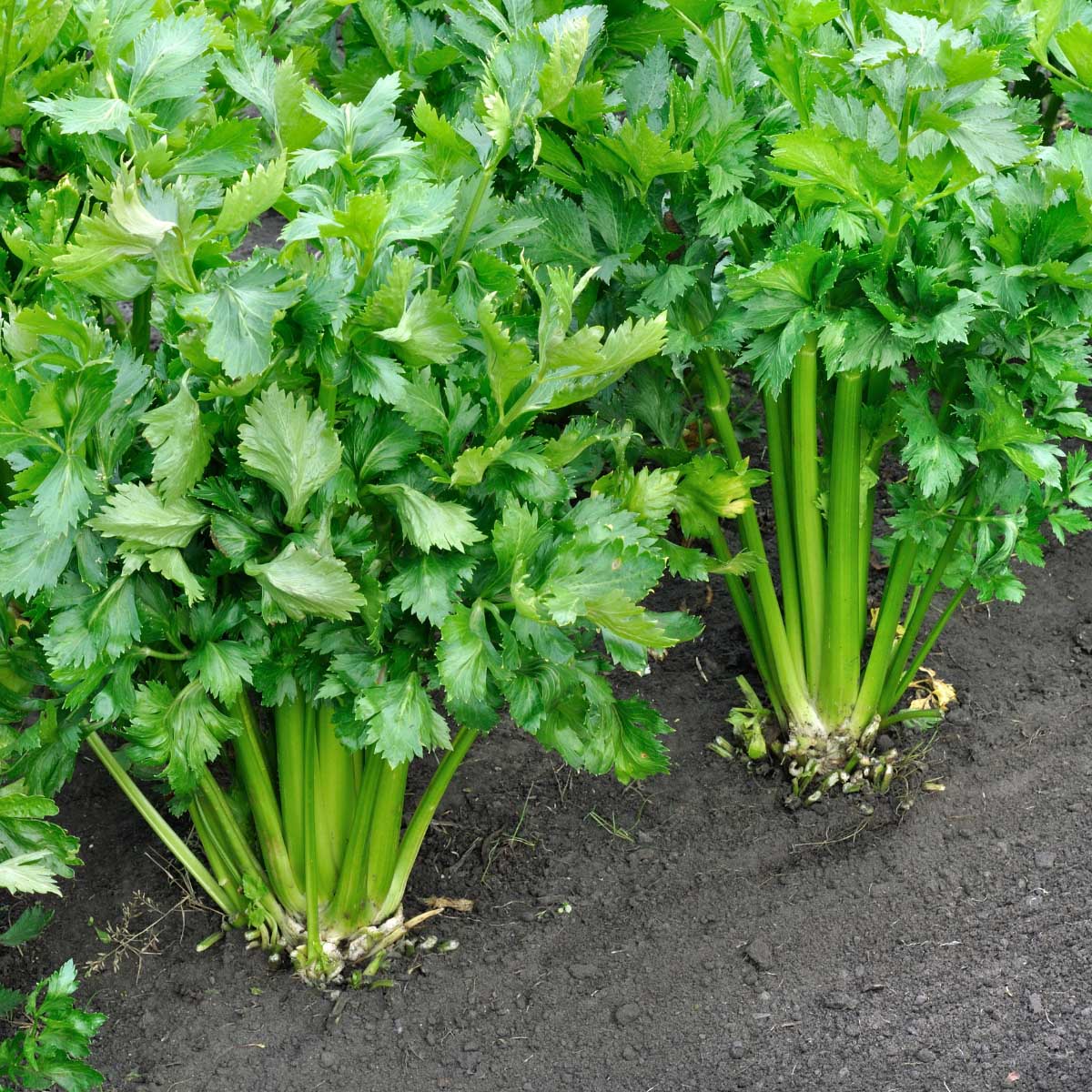
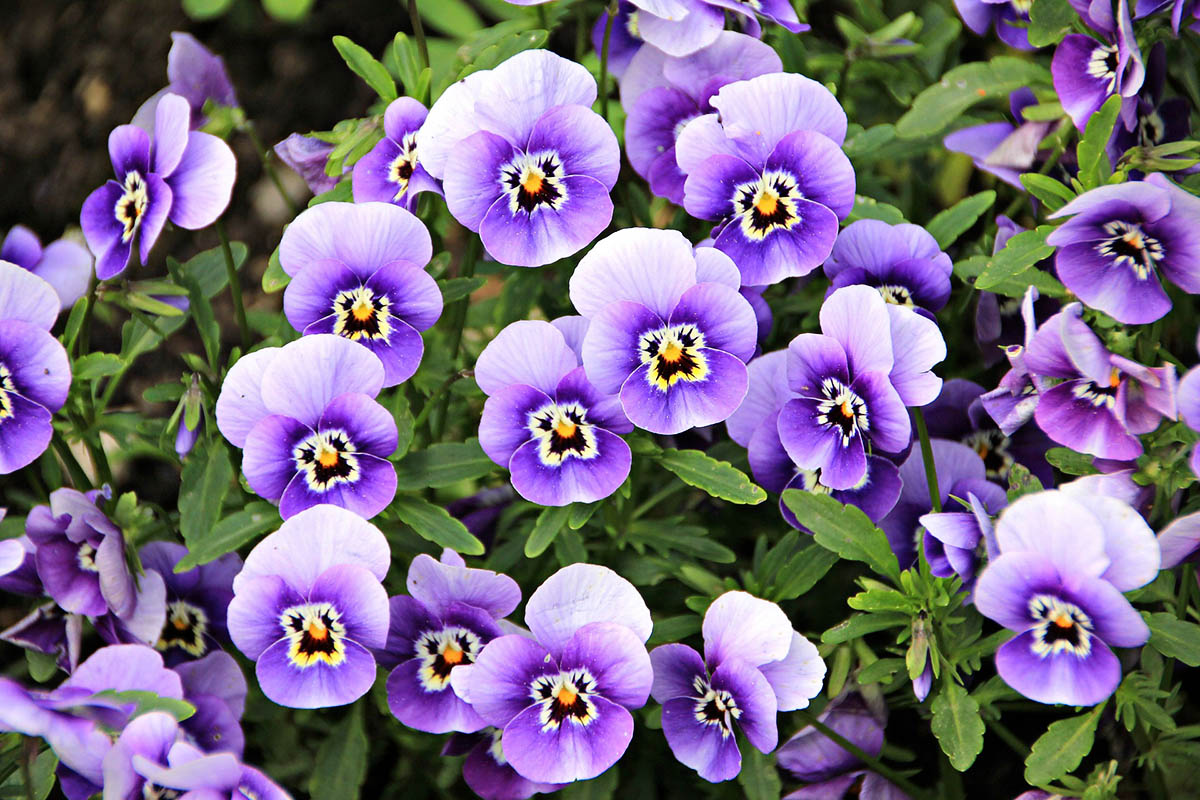
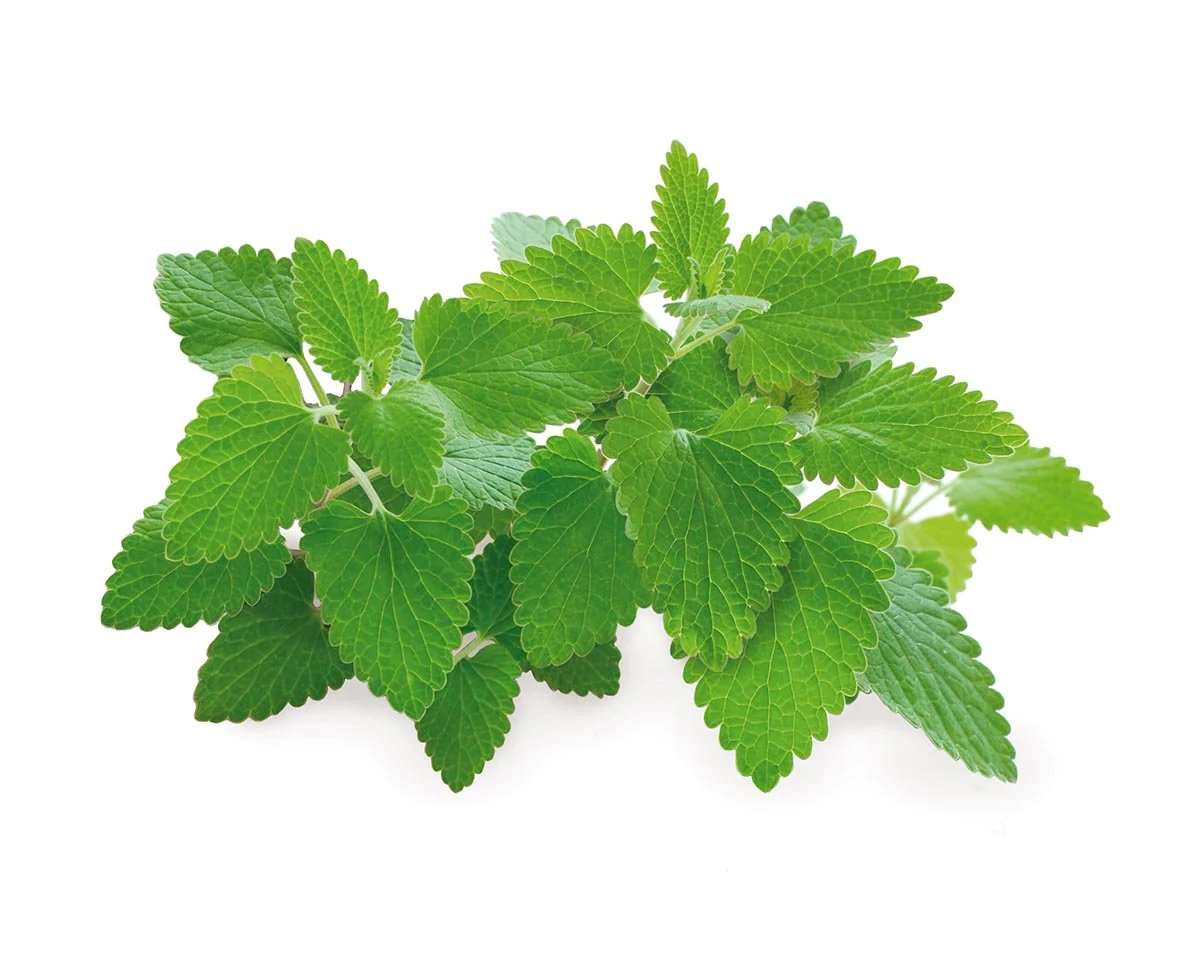

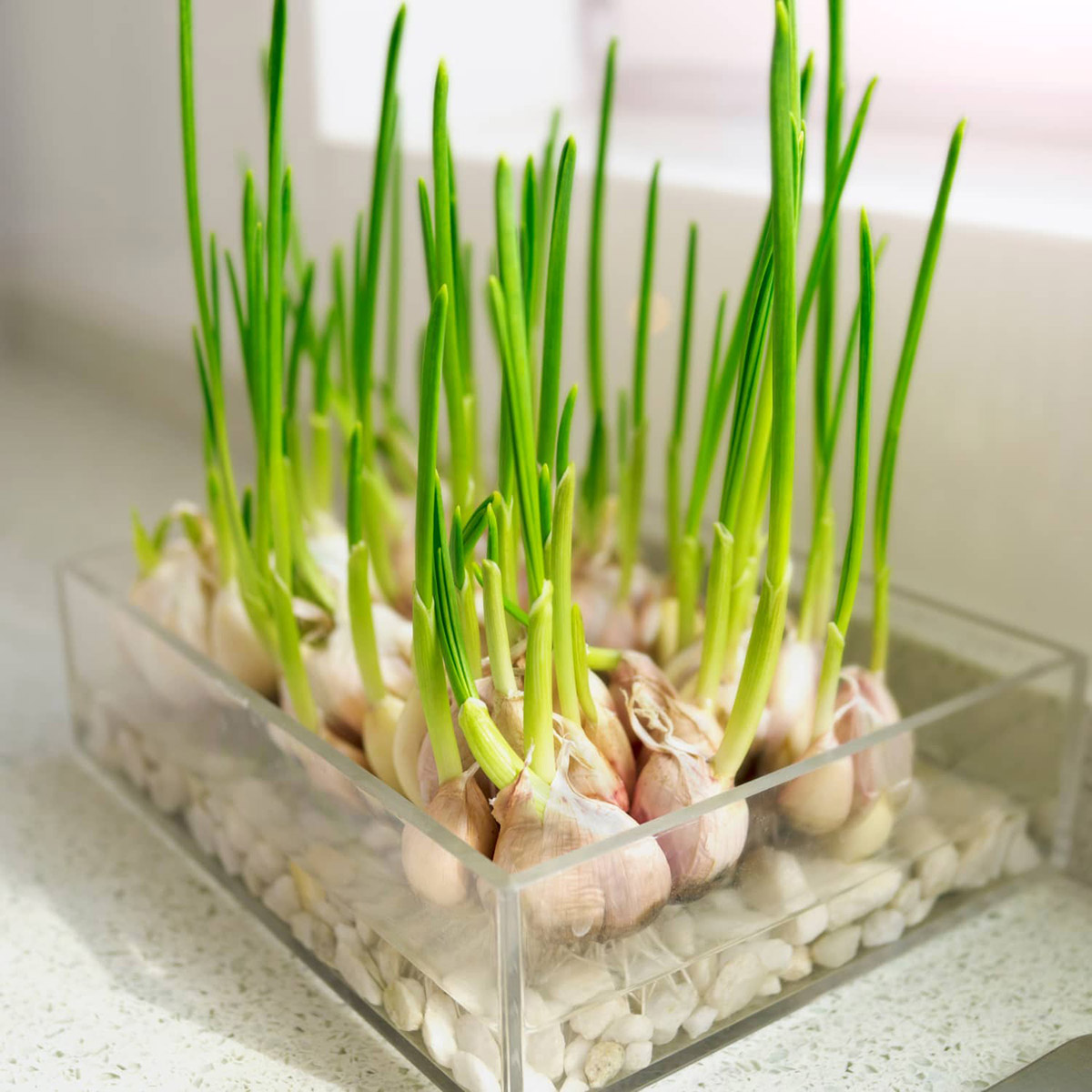
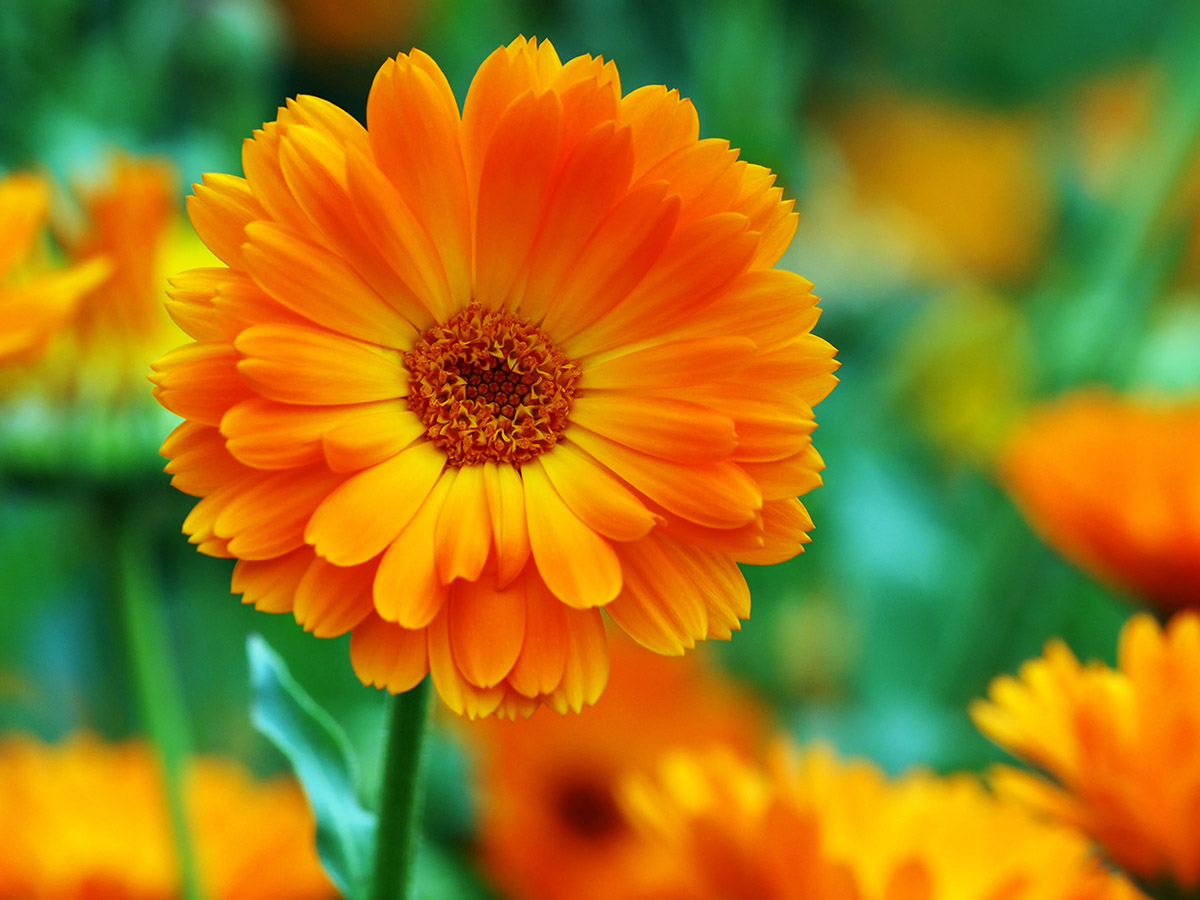
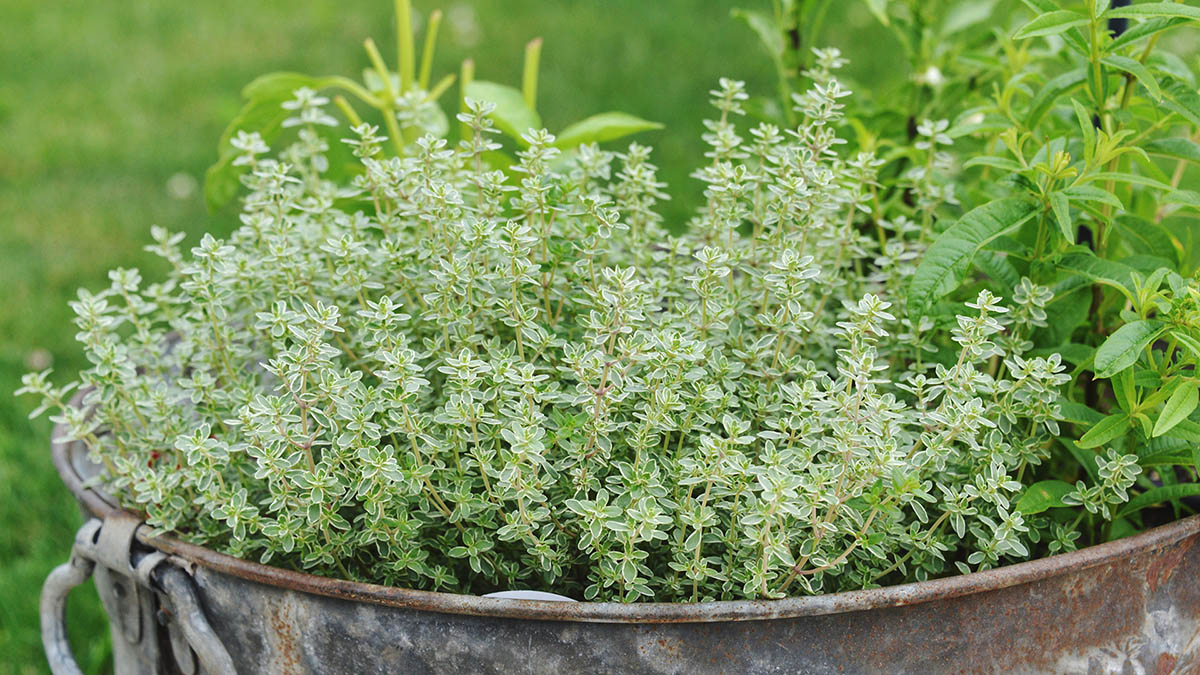
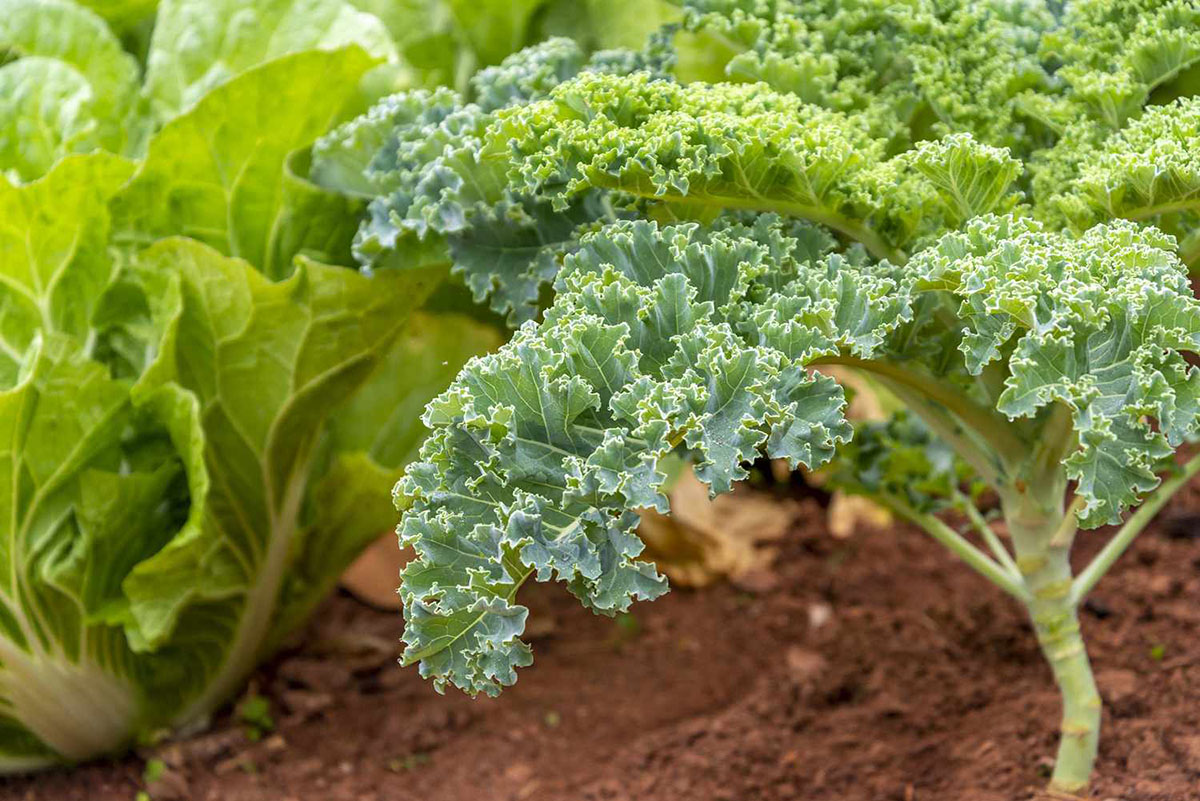

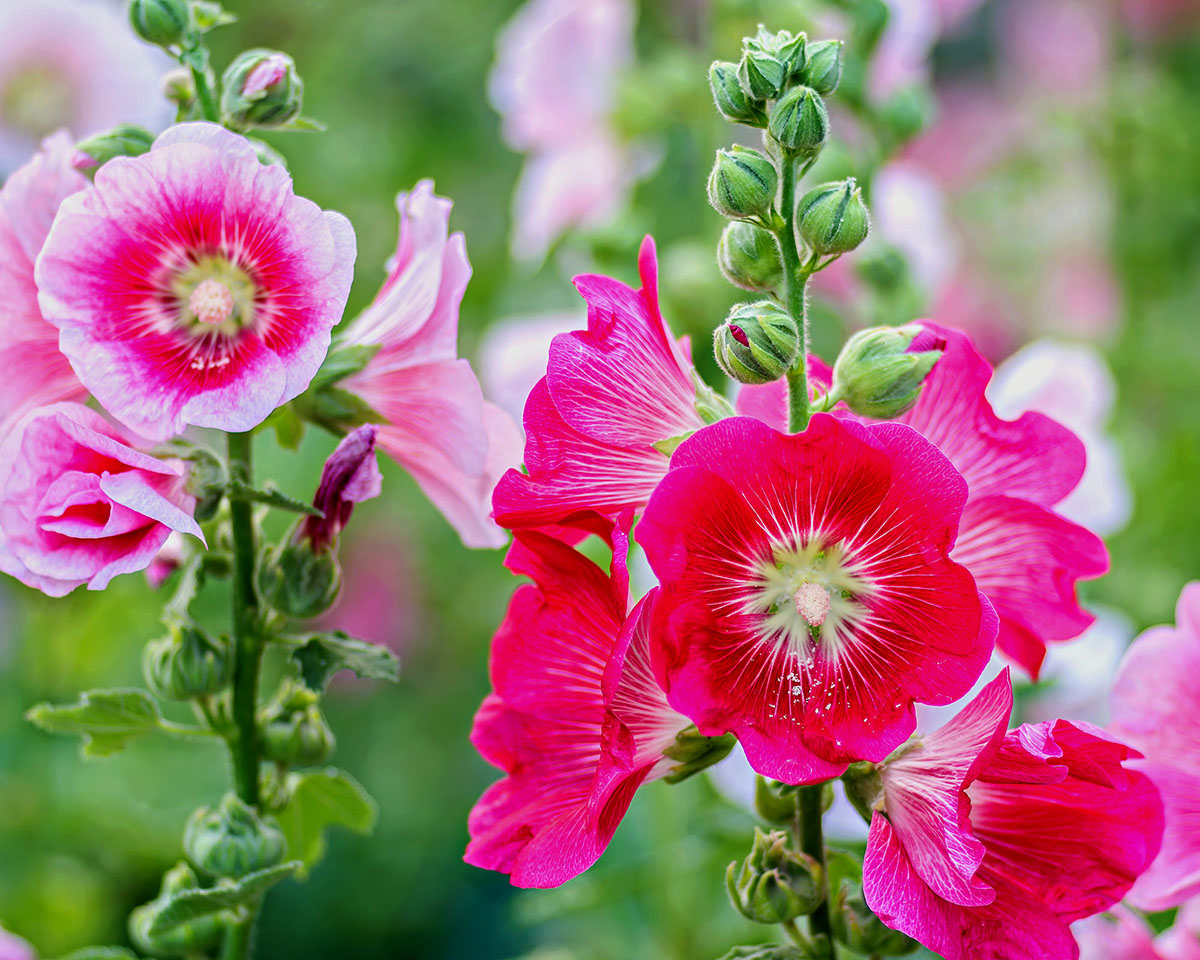
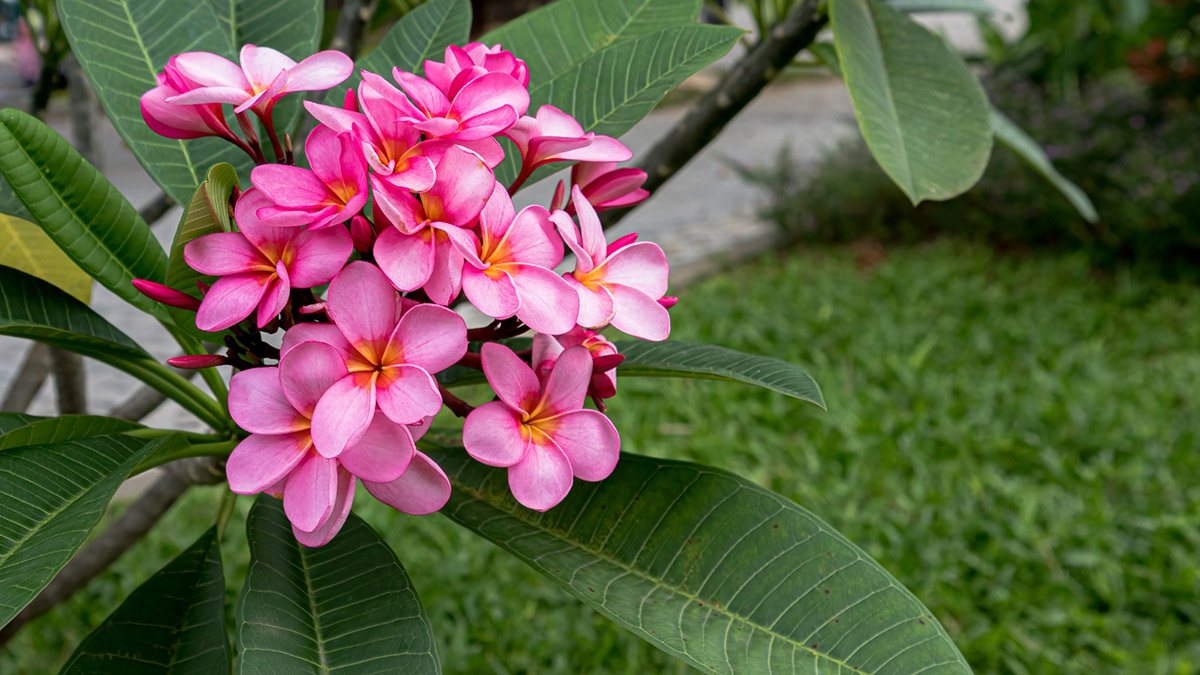

0 thoughts on “How Long Does Coriander Take To Germinate”